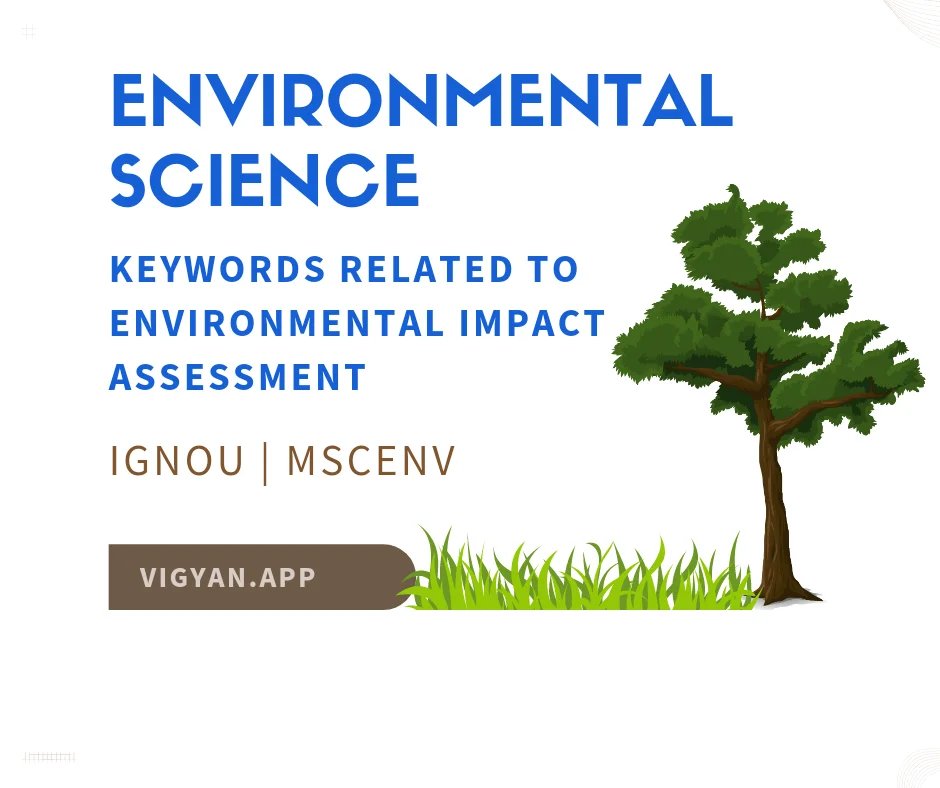Environmental Pollution, Control and Management (MEV-015)
Q. Describe the techniques, treatment and disposal of biomedical waste.
Ans.: Common biomedical waste treatment facility (CBWTF) is a facility to provide an environmentally and socially safe treatment and disposal of destiny/ end to the biomedical waste, generated from a number of healthcare units, to reduce or nullify its side effects. The treated waste may finally be sent for disposal in a landfill or for recycling purposes. To pose the economically viability of installation of individual treatment facilities by small healthcare units requires comparatively high capital investment. Therefore, according to the guidelines of the CPCB, CBWTF are set up at necessary locations for the disposal of biomedical waste in environment friendly manner.

Following are the techniques, which are majorly used:
- Incineration: The process of dry oxidation with increased temperature-leading to reduction in volume and weight of organic & combustible waste to inorganic form that cannot be reused and/or disposed in outer land fields. The main advantage of this process is that no pre treatment is required.
- Plasma Pyrolysis: This environment friendly technology is an advanced and futuristic technology for safe disposal of medical waste, which converts organic waste into commercially useful by-products.
The intense heat generated by the in the process enables to treat and dispose all types of waste including biomedical waste, municipal solid waste, and other hazardous waste in a safe and reliable manner. Medical waste, when comes in contact with plasma-are pyrolyzed into CO, H2, and hydrocarbons. Eventually these gases are burned and produce a high temperature (around 1200°C). In the plasma pyrolysis process, the hot gases are quenched from 500° to 70°C to avoid recombination reactions of gaseous molecules that inhibit the formation of dioxins and furans. The gas analysis results reveal that toxic gas- es found after the combustion are well within the limit of the Central Pollution Control Board’s emission standards. The plasma environment kills thermally-stable bacteria.
- Deep burial: It is a process in which a pit or trench is digged about 2 m deep, filled with waste, and then covered with lime within 50 cm of the surface, before filling the rest of the pit with soil. There are points to be taken care while deep burial of biomedical waste:
It must be ensured that animals access is not there at burial sites; A layer of 10 cm of soil be added to cover the wastes each and every tome; Supervised Burial must be performed. A safe distance should be maintained between pit and habitation; no contamination of any surface water or ground water source; The area selected for burial should not be prone to flooding or erosion; The location of the site will be authorized by the authority; Proper records should be maintained by the institutions.
- Autoclaving: For disinfecting and treating biomedical waste autoclaving is adopted. According to the requirements and type of waste gravity and vacuum autoclaves can be utilized. It is important that medical waste should be properly treated with the parameters unless the time, temperature and pressure indicate stipulated limits. If for any reason, these were not reached, the entire load of medical waste must be autoclaved again until the proper temperature, pressure and residence time were achieved.
- Microwaving: This technology is applicable to completely and consistently kill bacteria and other pathogens. It is not used for cytotoxic, hazardous or radioactive wastes, contaminated animal carcasses, body parts and large metal items.
You May Also Read : Biological Treatment of Hazardous waste


Pingback: Biological Treatment of Hazardous waste - VIGYAN
Pingback: Classification of different types of Biomedical waste